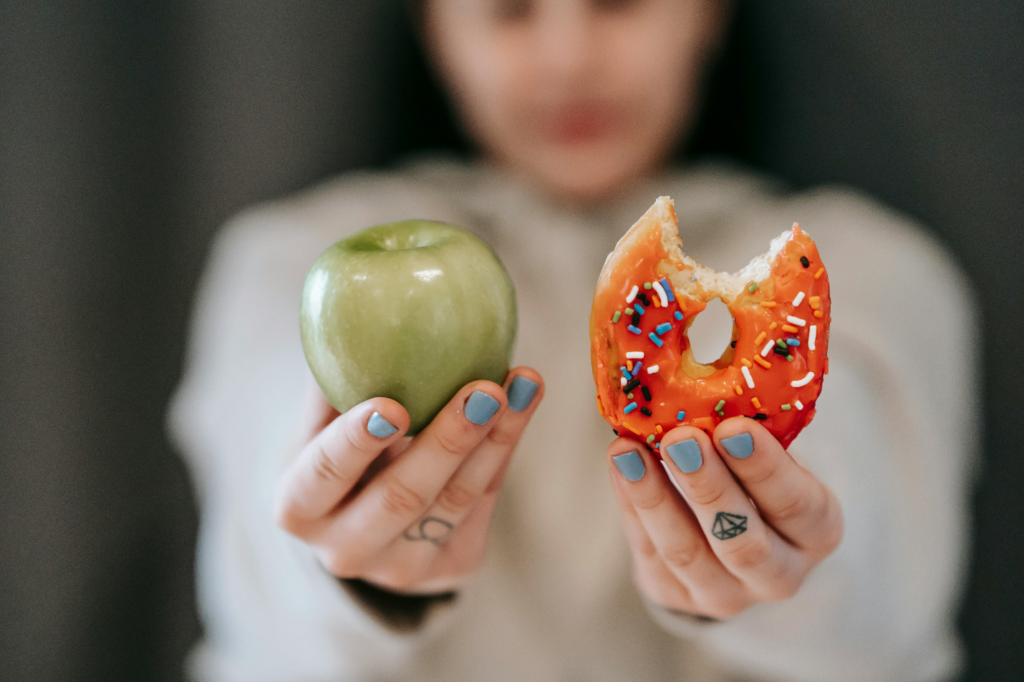If you’ve ever found yourself reaching for chocolate, salty snacks, or other comfort foods during your period, you’re not alone. Period cravings are a common experience for many women, often driven by hormonal changes in the body. Understanding the reasons behind these cravings and learning how to manage them can help you maintain better menstrual health awareness and overall well-being.
Why Do Period Cravings Happen?
Period cravings are primarily influenced by fluctuations in hormones, particularly estrogen and progesterone, which occur during the menstrual cycle. These hormonal shifts can lead to changes in appetite and food preferences. For example, declining estrogen levels can increase the desire for carbohydrates, which are thought to boost serotonin levels and improve mood. However, these cravings are often misunderstood, contributing to the stigma around menstruation and how women manage their cycles.
The Role of Blood Sugar Levels
Another factor that contributes to period cravings is the fluctuation in blood sugar levels. During your period, your body may process insulin differently, leading to drops in blood sugar that trigger cravings for sugary or high-carb foods. Maintaining a balanced diet with regular meals and snacks can help stabilize blood sugar levels and reduce the intensity of cravings. This approach aligns with the goals of a menstrual hygiene awareness campaign by promoting healthy habits during menstruation.
How to Handle Period Cravings
While it’s normal to experience cravings during your period, there are ways to manage them effectively:
1. Opt for Healthier Alternatives:
Instead of reaching for processed snacks, choose healthier options like fruits, nuts, or whole-grain crackers. These foods can satisfy cravings while providing essential nutrients. Educating women on these choices as part of a feminine hygiene donation drive can help promote healthier eating habits during menstruation.
2. Stay Hydrated:
Sometimes, cravings can be a sign of dehydration. Drinking plenty of water throughout the day can help reduce the urge to snack unnecessarily. Staying hydrated also supports overall health and can be a key component of menstrual health awareness initiatives.
3. Practice Portion Control:
If you do indulge in your cravings, try to practice portion control. Enjoy a small piece of chocolate or a handful of chips rather than consuming large quantities. This can help satisfy your craving without overindulging, supporting your efforts to maintain balanced health during your cycle.
4. Include Nutrient-Rich Foods:
Incorporating foods rich in magnesium, such as dark leafy greens, nuts, and seeds, can help curb cravings. Magnesium plays a role in regulating blood sugar levels and may reduce the intensity of period cravings. Including this information in menstrual hygiene awareness campaigns can empower women to make informed dietary choices.
5. Address Emotional Eating:
For some women, period cravings are linked to emotional eating. Stress, anxiety, or fatigue can amplify the desire for comfort foods. Practicing stress-reduction techniques, such as meditation or yoga, can help manage emotional triggers and reduce the reliance on food for comfort. Reducing the stigma around periods through open conversations can also help women feel more comfortable discussing and managing these challenges.
Empower Girls with Menstrual Health Support

Join the Utpat Foundation in our mission to uplift young girls by providing them with the resources and education they need to thrive. Together, we can make sure no girl is held back due to lack of access or support. Your contribution can help change lives and create brighter futures. Contact us today to get involved and make a difference!

